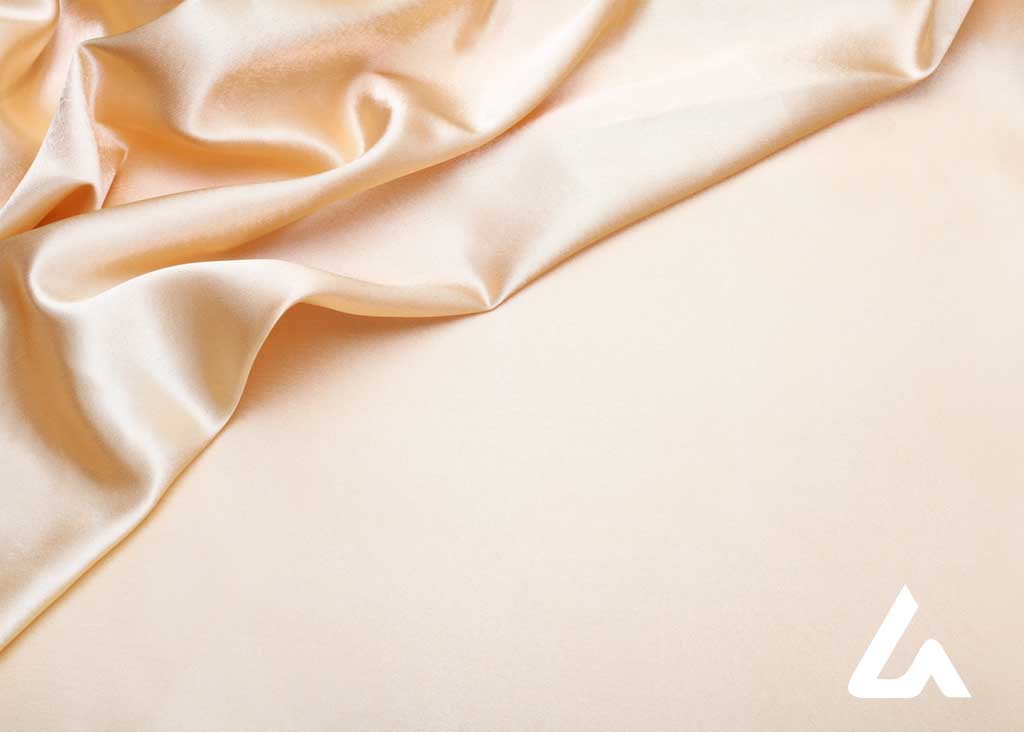
Satin fabric is also known as Silk Satin Fabric. Satin became famous in Europe during the twelfth century. In this blog post; we will discuss the advantages of Satin Fabric.
Join Our Fb Group
Key Advantages of Satin
We are describing the main advantages of satin (this is true for cotton satin):
• The fabric is hygienic and absorbs moisture well. The human body under such a tissue “breathes”.
• Low thermal conductivity allows in summer in clothes made of satin not to overheat. In winter, the satin fabric retains a pleasant physiological body temperature.
• Matter is light, soft, airy, creates a feeling of comfort.
• Durability of the fabric allows to erase it repeatedly. Only in the fourth hundred pieces of washing can the gloss begin to fade.
• Matter does not crease, forms natural draped folds.
• Satin fabric made from natural fibers is environmentally friendly, does not cause allergic reactions.
Advantages of Silk Satin Fabric
We are describing the main advantages of satin (this is true for silk satin):
Satin Fabric indeed feels as good it looks. Satin made entirely from silk can breathe as fabrics made from natural fibers do, and it doesn’t attract static electricity. Some key advantages of Satin Fabric are;
Satin has a luxurious look and feel – this is often the key advantage and who it is chosen.
It is also versatile, as shown by the different types of satin and sateen listed above, and it can be durable, the taut nature of the fabric stronger than many plain weaves.
Satin is also wrinkle-resistant, this especially true of thicker satins.
Satin is also a material that can be printed on, with high-quality, vibrant colors and images – this creates the perfect combination of a soft, luxurious look and feels and a vibrant pattern printed onto the surface.
What It’s Good For
With its luxurious sheen, satin works well for home decor and crafts such as fabric flowers and wedding favors. Fibers that “float” above others in their weave gives the fabric its silky texture.
Crepe-back satin is a classic lightweight fabric that suits contemporary fashions, period costumes, and vintage-inspired clothing. It flatters most figure types.
Satin creates contrast with other dressy fabrics, such as velvet, tulle, and lace. “Antique satin,” heavy and reversible, has one smooth and one textured side. Its rich look works well as an accent fabric or lining for capes, jackets, lapels, and smoking jackets.
“Slipper satin” is a durable version with a high thread count; commonly used for wedding dresses and other formal attire.
